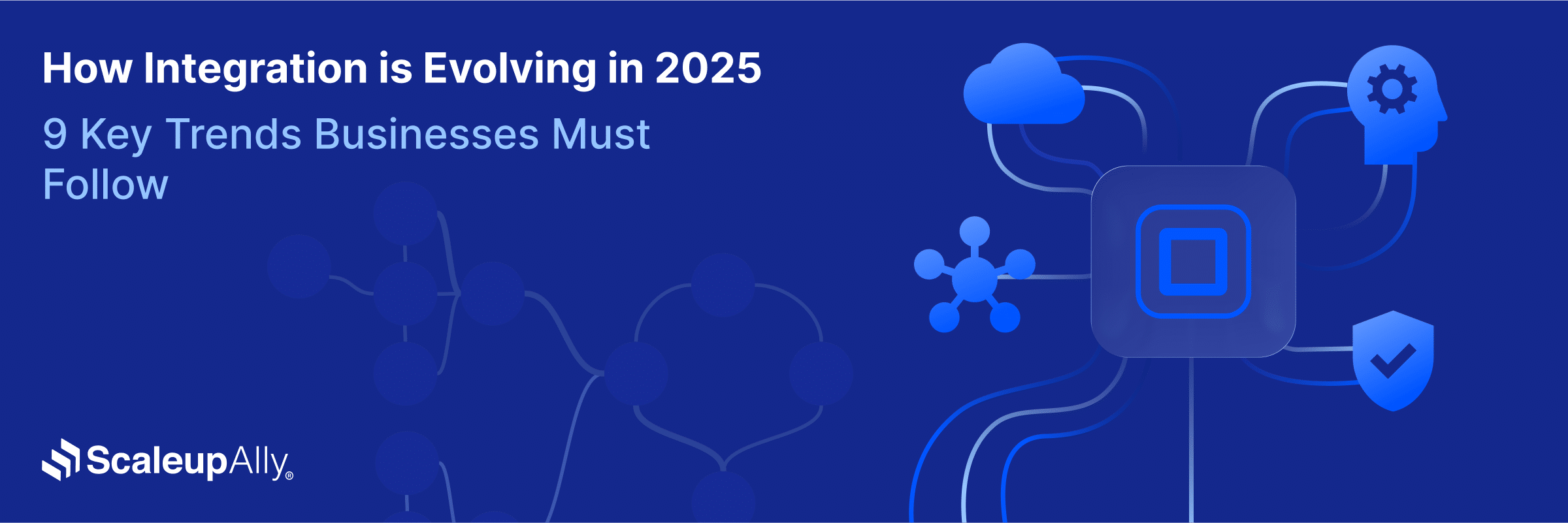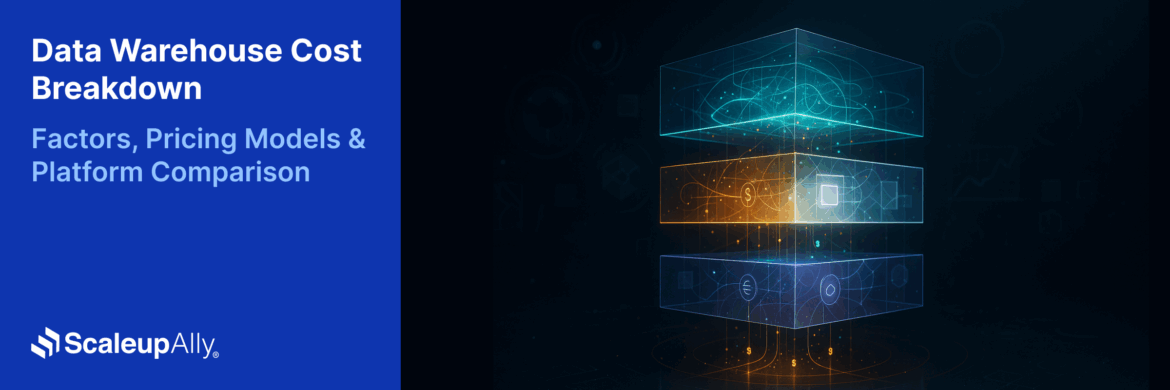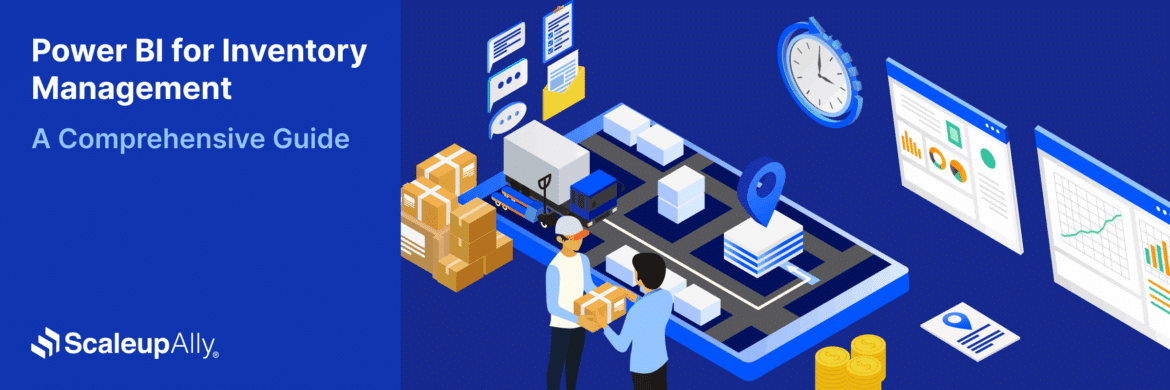
How Integration is Evolving in 2025: 9 Key Trends Businesses Must Follow
Tarsem Singh | August 29, 2025 , 7 min read
Table Of Content
System downtime costs businesses an average of $9,000 per minute, with smaller companies facing $427 per minute in losses. Not anymore.
2025 integration trends are reshaping how businesses operate, and not just how they communicate their work. Companies are connecting everything from customer chats to inventory systems without breaking a sweat.
This blog explores 9 key trends businesses must follow to drive business growth.
Key Takeaways
- 93% of companies are implementing AI agents within two years, but ironically, most can’t adopt AI because their current integration is broken
- 70% of new apps will use low-code platforms by 2025, meaning your marketing team might soon be building what used to require developers
- APIs now generate 40% of company revenue, transforming from cost centers into major money-makers for businesses
- The market for instant data processing is growing 26% annually because customers expect immediate results
- 99% of organizations had API security issues last year, but only 7.5% consider their security programs advanced, creating huge risks for the 40% of revenue flowing through these systems
9 Must-Follow Integration Trends in 2025
The future of integration is unfolding and happening faster than most businesses expected. Here are some integration trends that’ll reshape your business operations.
1. AI-Powered Integration
Artificial intelligence is already being integrated, and 93% of IT leaders plan to roll out AI agents within the next two years. However, 95% of organizations say integration challenges are blocking their AI adoption. Companies want AI to solve their integration issues, but they struggle to implement AI because their existing integration is already a mess.
The numbers back up this urgency too. 67% of AI decision-makers are planning to increase their generative AI investment within the next year, so this isn’t some distant future trend. It’s happening right now.
2. No-Code Platforms
The days of needing a computer science degree to connect two systems are officially over. Gartner forecasts the low-code market will hit $44.5 billion by 2026, growing at 19% annually.
Even more mind-blowing, 70% of new applications will use low-code or no-code technologies by 2025. This is going to be a complete flip in how businesses build software. Your marketing manager might soon be building integrations that would’ve required a development team just five years ago.
Microsoft Power Platform has reached 56 million monthly active users, proving that people are using these tools to get work done.
3. APIs Are Becoming Money-Making Machines
This one surprised even the experts. APIs now account for 40% of company revenue, according to IT leaders. Nearly half of business revenue flows through APIs.
This is universal too. 90% of organizations either have or are planning to launch an API program within 12 months. The global API management market is projected to reach $32.77 billion by 2032, growing at 25% annually. When you see growth rates like that, you know something fundamental has shifted.
4. Real-Time Data
The streaming analytics market jumped from $27.84 billion in 2024 to a projected $176.29 billion by 2032; that’s a 26% growth each year. By 2025, approximately 30% of all generated data will be real-time. Customers expect instant everything, and businesses are investing massive amounts to deliver it.
Edge computing spending hit $228 billion in 2024, jumping 14% from 2023, with projections to reach $378 billion by 2028. Companies are literally moving their computers closer to their customers to shave off milliseconds.
5. Cloud-Native Integration
25% of organizations report that nearly all their development and deployment uses cloud-native techniques. That might not sound like a lot, but in enterprise software terms, that’s mainstream adoption.
More telling, 93% of respondents said cloud-native computing is transforming how their business operates.
88% of cloud buyers are deploying hybrid cloud setups, and 79% are using multiple cloud providers. New integration problems that only cloud-native tools can solve.
6. iPaaS Explodes as App Chaos Reaches Breaking Point
Integration Platform as a Service isn’t just growing, it’s exploding. The iPaaS market grew 23.4% to $8.5 billion in 2024, making it the second fastest-growing middleware segment. When integration platforms outgrow almost everything else in tech, you know businesses are desperate for solutions.
The problem is clear: 95% of IT leaders say integration issues are blocking AI adoption, with only 28% of apps actually connected. Companies are drowning in disconnected software, managing nearly 1,000 applications on average.
The future looks even more explosive: Fortune Business Insights estimates the global iPaaS market will grow from $15.63 billion in 2025 to $78.28 billion by 2032. That’s 25.9% growth every year.
7. Event-Driven Architecture Becomes is the New Standard
74% of organizations are currently using microservices architecture, with another 23% planning adoption soon. Market projections show the microservices architecture market will reach $10.86 billion by 2027, proving that businesses are willing to pay for systems that integrate.
8. Composable Business Architecture is Becoming a Survival Tool
91% of IT decision-makers believe MACH technologies will be critical to their success over the next five years. Also, 75% of decision-makers believe the urgency to innovate in 2024 is greater than in the past five years.
The timeline is aggressive too. 61% of organizations expect to achieve fully composable architecture by 2026, with 44% currently expanding their MACH adoption.
9. Security-First Integration Addresses API Issues
99% of organizations have encountered security problems in the past year due to rapid API usage increase, with 22% experiencing an actual breach. Nearly everyone is having problems. Only 7.5% of organizations consider their API security programs advanced, with only 15% highly confident in identifying APIs that expose personal data. That’s a recipe for disaster when APIs are generating 40% of company revenue. This makes API security a direct threat to the bottom line, not just a compliance checkbox.
These integration trends aren’t optional upgrades for next year’s budget. They’re happening now, whether your organization is ready or not. The companies that embrace these changes will thrive. The ones that don’t? Well, let’s just say 2025 is going to be a very revealing year.
Conclusion
With global IT spending reaching $5.61 trillion in 2025 according to Gartner, representing a massive 9.8% increase from 2024, organizations have no choice but to embrace these changes or risk becoming irrelevant.
Don’t let your competitors get ahead while you’re still figuring it out. Contact our integration experts today for a free consultation and discover how these trends can accelerate your business growth.
Frequently Asked Questions
Q: What is the future of integration technologies?
Integration technologies are rapidly evolving toward AI-powered, no-code platforms that enable real-time data processing. By 2027, composable architectures and event-driven systems will dominate, with APIs generating nearly half of all business revenue globally.
Q: Which industries will benefit most from upcoming integration trends?
Financial services, manufacturing, and healthcare lead adoption with the highest growth rates. Discrete manufacturing alone will spend over $700 billion on digital transformation by 2027, while financial services grows at 20.5% annually.
Q: How is AI changing integration strategies?
AI is revolutionizing integration through autonomous agents and intelligent automation. 93% of IT leaders plan AI agent implementation within two years, while AI-powered integration platforms reduce manual coding and enable predictive connectivity management.
Related Blogs

Data Warehouse Cost Breakdown: Factors, Pricing Models & Platform Comparison
Discover how much a data warehouse costs in 2025. Explore pricing models, key factors, and platform comparisons to plan your data budget effectively.
Tarsem Singh
Nov 6 ,
14 min read

How Much Do Integrations Cost? [Pricing Breakdown & Key Insights]
Learn how much integrations cost, key factors influencing pricing, hidden expenses to avoid, and effective ways to reduce integration costs.
Tarsem Singh
Nov 6 ,
9 min read

Power BI for Inventory Management: A Comprehensive Guide
Explore the hidden power of Power BI for inventory management and how it provides businesses with powerful analytics and visualization capabilities.
Tarsem Singh
Oct 8 ,
19 min read


